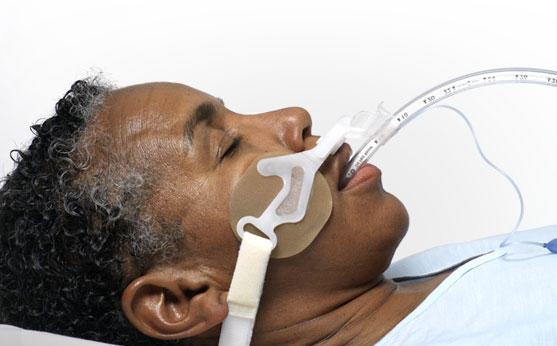NomadicMedic
I know a guy who knows a guy.
- 12,240
- 7,022
- 113
Funny, I just told my partner I was gonna look for an EJ on my next code. It's been a while since I started one.
Follow along with the video below to see how to install our site as a web app on your home screen.
Note: This feature may not be available in some browsers.
Does anyone look for an EJ before going IO in an arrest?
Anyone try for an EJ before going IO?
It's honestly never crossed my mind. I like to drop a C-collar on after we intubate to appease the Protocol Gods.
Funny, I just told my partner I was gonna look for an EJ on my next code. It's been a while since I started one.
Just as an aside...on a totally anecdotal level I'm not sold on the utility of c-collars for this purpose.
I'm really surprised by the number of people who have never started an EJ. When I was on the truck I usually started at least one a week. If I need good access and the arms look iffy, I go to the neck.
Never have I used a C-collar for maintaining airway. Tape the tube and don't kick the head around...
I also have never personally started an EJ. My partners have. I just find it easier to grab the IO if I don't have a peripheral vein.
Same here..
It's funny, I hear a lot of "911" medics state the c-collar method as gospel, but most CCT medics/nurses (the people who move intubated patients all the time) don't do this yet don't seem to displace tubes all that often....
It's funny, I hear a lot of "911" medics state the c-collar method as gospel, but most CCT medics/nurses (the people who move intubated patients all the time) don't do this yet don't seem to displace tubes all that often....

Are you guys using commercial ET tube holders or tape?
The ICUs around here use the hollister anchor fast and they seem to work great. I assume they would be good for transport as well.

It's funny, I hear a lot of "911" medics state the c-collar method as gospel, but most CCT medics/nurses (the people who move intubated patients all the time) don't do this yet don't seem to displace tubes all that often....
It's funny, I hear a lot of "911" medics state the c-collar method as gospel, but most CCT medics/nurses (the people who move intubated patients all the time) don't do this yet don't seem to displace tubes all that often....
